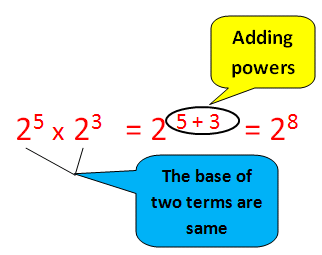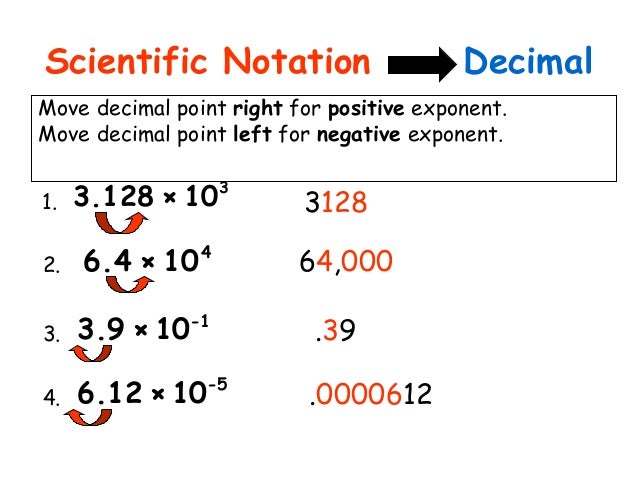Topics for Today:
Today we reviewed concepts in Chapter 8 (Sections 8-1 through 8-5) in preparation for our test tomorrow. We played a game of Jeopardy as teams using review questions from our book.Sections Covered in Textbook:
Test will cover Sections 8-1 through 8-5 (pages 394-423)
Resources & Tutorials:
1) Zero and Negative Exponents - February 5th Blog
2) Scientific Notation - February 10th Blog
3) Multiplication Properties of Exponents - February 11th Blog
4) More Multiplication Properties of Exponents - February 24th Blog
5) Division Property of Exponents - February 25th Blog
6) Review Jeopardy Questions
7) Review Jeopardy Answers
2) Scientific Notation - February 10th Blog
3) Multiplication Properties of Exponents - February 11th Blog
4) More Multiplication Properties of Exponents - February 24th Blog
5) Division Property of Exponents - February 25th Blog
6) Review Jeopardy Questions
7) Review Jeopardy Answers
Assignments:
Study for Chapter 8 Test** Completion of Chapter Review (pages 447-448) #'s 1-50 highly recommended!







